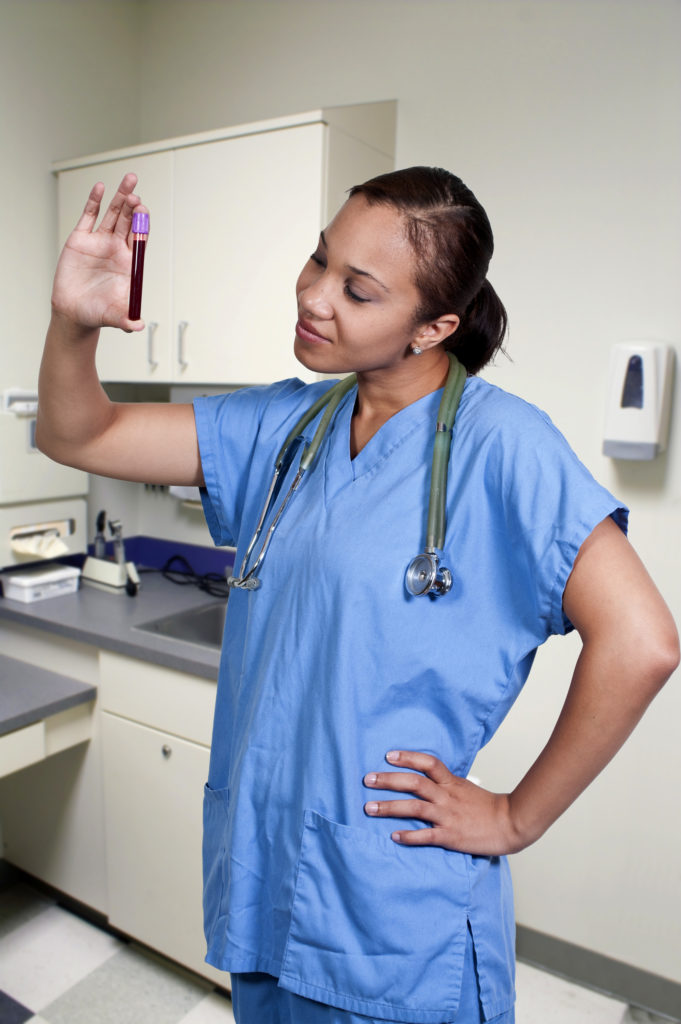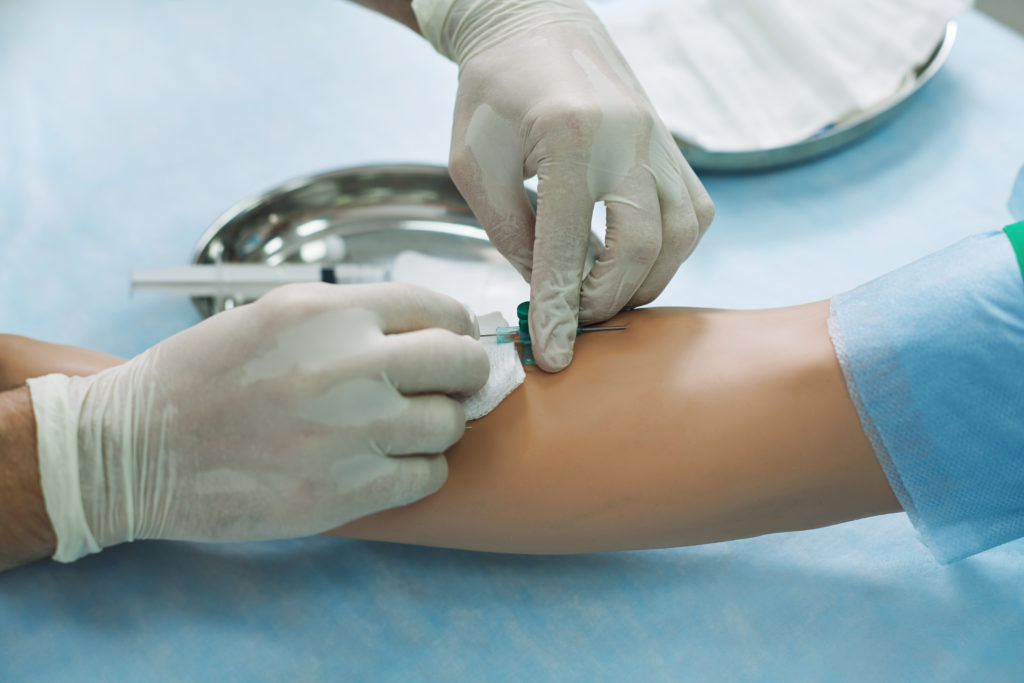Jumping into a new career can be a big risk – especially if you’re going in blind. Getting a retail or restaurant job is one thing, but devoting yourself to a career in medicine is an entirely different endeavor. At Montes HealthCare College, we want to do everything possible to help you feel prepared to take that next step forward. We’ve not only begun offering a new phlebotomy program, but we’re also here to tell you about what a day in the life of a phlebotomist looks like.
A phlebotomist’s job can be challenging. In this field, you have to be prepared and stay on your toes at all times. Therefore, having a handy overview of what you can expect can be a lifesaver at times. Below is some info about the daily lives of phlebotomists. Contact our office today if you want to learn more or are ready to sign up for our program.

How a Phlebotomist Begins Their Day
The hours of a phlebotomist typically start early, around 5 to 6 a.m.. It sounds like an awfully early start, but it isn’t just for efficiency. Phlebotomists start early because the best time to draw blood is when a patient’s body is in homeostasis.
What Do Phlebotomists Do in the Morning?
The early morning is the time when a phlebotomist receives orders from various departments in their medical institutions. These orders direct them where they need to go. Therefore, organization and time management are key.
The Phlebotomist Blood Draw Process
Once the orders have been received, a phlebotomist must attend to their primary duty: drawing blood. This is an intricate procedure that you will be taught during your studies here at MHCC. In simple terms, a successful blood draw requires knowledge of your tools and great patient interaction.
The blood draw process involves applying a tourniquet, selecting a vein, cleansing the patient’s skin, and inserting the needle. Once the blood is collected, it is saved for testing or transfusion. It’s important to note that not all patients handle their blood draws well. Many people are nervous or even petrified at the thought of giving blood. Therefore, having a great rapport with a patient is essential for calming their nerves and making the job easier.
Phlebotomist’s Work Hours
This is where things get tricky. A phlebotomist’s work hours vary depending on their work environment. Those who work at a clinic can expect to work a standard 9-5. However, those employed at hospitals have much more erratic schedules. Like nurses, phlebotomists can be required to work day and night shifts throughout the week and be given 1-2 days off. Weekend shifts are a common occurrence if you work in the hospital setting.
If a hectic lifestyle appeals to you, then a hospital may be the best place to find employment after you finish your program. However, if you want a more predictable schedule, working as a phlebotomist in a clinic is also a viable option.
How to Get Started
Whether you’re ready to begin or would like to learn more, we can help. Get in touch and learn about our new phlebotomy program today by scheduling a tour of our campus. To connect with our office, simply dial (424) 373-8211 or click HERE.
Along with campus tours, we also offer students the opportunity to experience a real class before committing to a tuition payment schedule. Get in touch and attend one of our class sessions to see if our programs are right for you. No payment is necessary; simply contact us to request a pre-enrollment class audit.
FAQ – Things to Know About Phlebotomy
What are the responsibilities of a phlebotomist?
The core duties of a phlebotomist include drawing blood from patients, labeling and handling specimens, maintaining equipment, and ensuring patient comfort during the process. It’s a role that blends technical skill with strong people skills, especially when working with nervous or first-time patients.
How often do phlebotomists get drug tested?
It depends on the employer. Many hospitals and clinics require drug testing before hiring, and some may conduct random tests or retest after incidents. If you’re in a position that involves patient care or access to medications, regular screening is more likely.
What are the risks of being a phlebotomist?
The main risks involve needlestick injuries, exposure to bloodborne pathogens, and emotional stress from patient interactions. These challenges are real, but manageable with training and awareness. For a deeper dive, check out our full article on the challenges faced by phlebotomists.
Where do phlebotomists work?
Phlebotomists work in a wide range of healthcare settings: hospitals, clinics, diagnostic labs, blood donation centers, and even mobile units. Wherever blood needs to be drawn, you’ll likely find a phlebotomist on the job.

